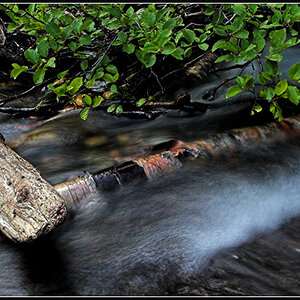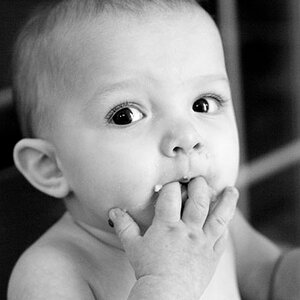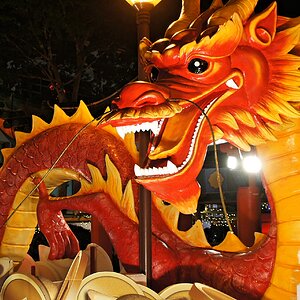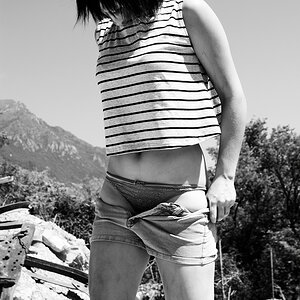wgp1987
TPF Noob!
- Joined
- Apr 23, 2009
- Messages
- 680
- Reaction score
- 4
- Location
- New Jersey
- Can others edit my Photos
- Photos NOT OK to edit
Hello again, I have not been on in a long time and honestly .... i miss you guys! 
Anyways! Here goes my questions for those who know. I recently discovered the light meter in my 5d is horrible and rarely accurate. I was wondering if someone could recommend what they would consider to be the best way to meter with the 5d although im aware it varies depending on the subject. I find myself always putting on live view to see the exposure and correcting the exposure but this is a time consuming step when trying to capture certain moments.
So, i thought a great solution would be to have an external meter that most studio photogs use but im not sure how well these work with everyday random shooting in uncontrollable environments. If you agree with using an external meter then what would you recommend?
What do you think is the best possible solution?
Anyways! Here goes my questions for those who know. I recently discovered the light meter in my 5d is horrible and rarely accurate. I was wondering if someone could recommend what they would consider to be the best way to meter with the 5d although im aware it varies depending on the subject. I find myself always putting on live view to see the exposure and correcting the exposure but this is a time consuming step when trying to capture certain moments.
So, i thought a great solution would be to have an external meter that most studio photogs use but im not sure how well these work with everyday random shooting in uncontrollable environments. If you agree with using an external meter then what would you recommend?
What do you think is the best possible solution?




![[No title]](/data/xfmg/thumbnail/37/37604-7ad625e983f92f880eb65a264eeef5e4.jpg?1619738148)
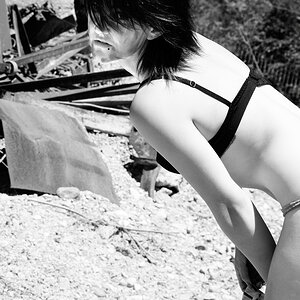
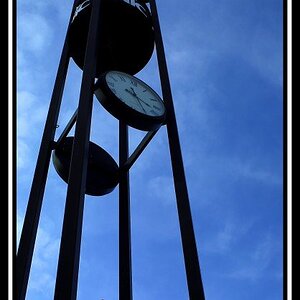


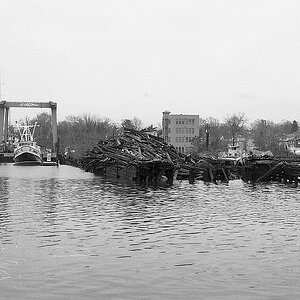
![[No title]](/data/xfmg/thumbnail/42/42274-5bec1b32caba5fed4a680bc5be4d0202.jpg?1619740083)
